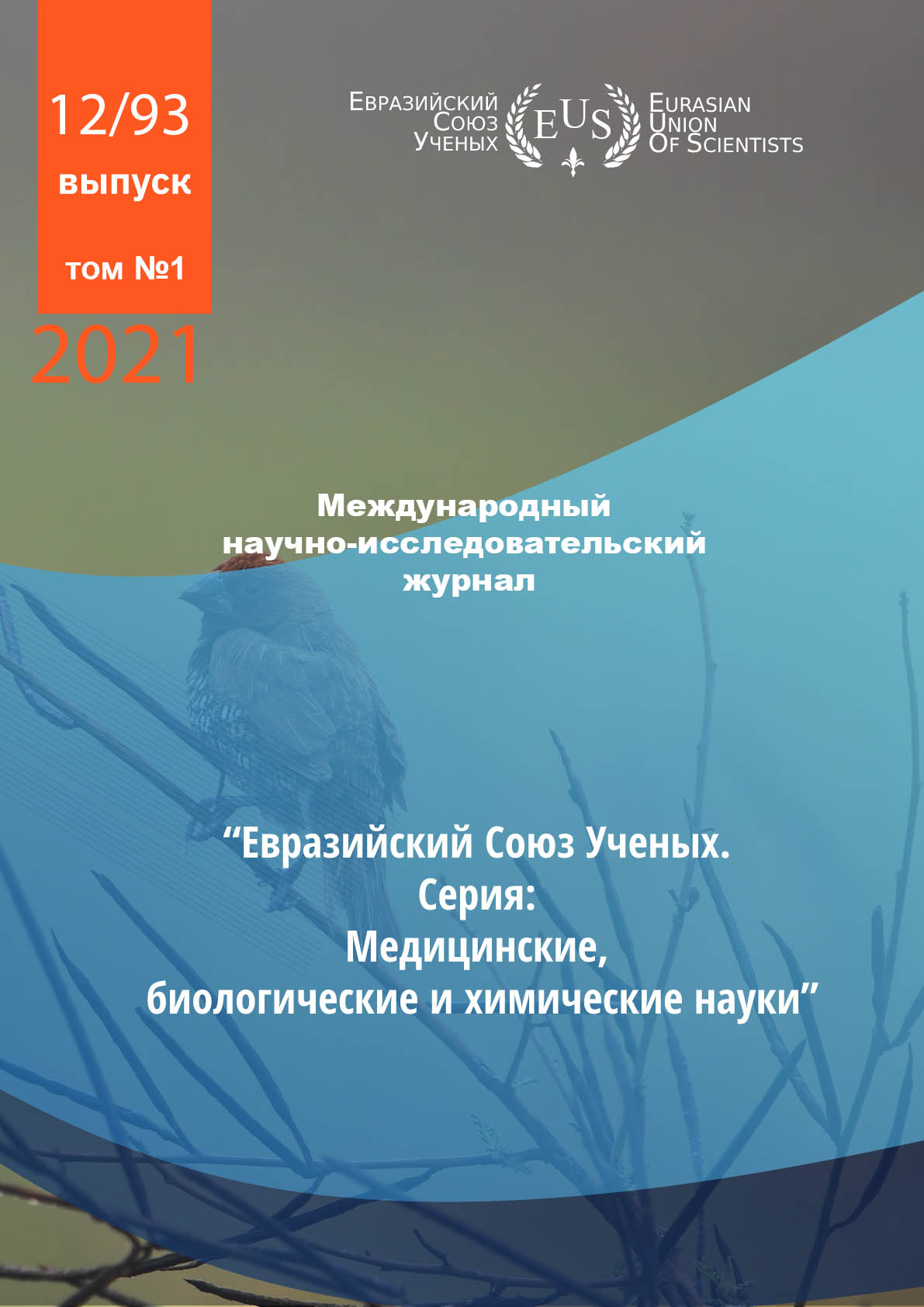ISOLATION OF STRAINS ANTAGONISTIC TO PATHOGENIC AEROMONADS FROM NATURAL POPULATIONS OF FISH AND BOTTOM SEDIMENTS
Abstract
Increasing production efficiency and ensuring the environmental safety of commercial fish farming facilities through the creation of modern preparations for the treatment and prevention of diseases is a topical area of aquaculture. The study of the current situation shows that the factors limiting the possibilities of sustainable entry to the market, providing fish farms with high-quality highly productive breeding material and increasing the volume of commercial fish farming products are diseases of the breeding facilities. The development of new highly effective probiotic preparations for the prevention and treatment of aquaculture facilities will not only reduce the economic costs associated with the death of breeded fish, but will also help to increase the viability of fish, the accumulation of nutrients in tissues, and the correction of the microbiocenosis of the aquatic environment. The aim of the study is to search for natural Bacillus antagonistic strains promising for creating probiotics. The strains were isolated from bottom sediments and cyprinids of natural populations. In the course of the work, the antimicrobial spectrum of action of bacilli against the causative agents of aeromonosis, furunculosis and bacterial hemorrhagic septicemia (BHS) was studied. Aeromonas test-strains were isolated from sterlet, sturgeon, stellate sturgeon, trout, carp, grass carp, silver carp, grown in conditions of pond farms.
References
2.Basankina V. M., Prucakov S. V., Kruzhnov N. N. Uslovno-patogennaja mikroflora kak vozbuditeli zabolevanija u ryb // Teorija i praktika sovremennoj agrarnoj nauki. – 2018. – S. 405-409.
3.Konev N.V. Normal'naja mikroflora ryb i ee rol' v vozniknovenii bakterial'nyh zabolevanij, vyzvannyh stressom // Nauchnye tetradi. Vyp. № 4. – SPb.: GosNIORH.,1996. – 46 s.
4.Zhang Y.L. Molecular analysis of genetic differences between virulent and avirulent strains of Aeromonas hydrophila isolated from diseased fish /Y.L. Zhang, C.T. Ong, K.Y. Leung // Microbiology 46. – 2000. – R. 999-1009.
5.Obuhova O.V. Bakteriocenoz vody i sudaka (Stizostedion lucioperca) v del'te Volgi: avtoref. dis. … kand. biol. nauk: 03.00.18 / O.V.Obuhova. – Moskva. – 2004. – 21 s.
6.Morozova M. A., Abrosimova K. S. Ajeromonady prudovyh hozjajstv juga Rossiii ih vlijanie na obmen veshhestv karpa // Rybovodstvo i rybnoe hozjajstvo. – 2020. – №. 2. – S. 54-59.
7.Basankina V. M. i dr. Raznoobrazie i opasnost' bakterij Aeromonas spp., porazhajushhih rybu s priznakami bakterial'noj gemorragicheskoj septicemii // Sbornik nauchnyh trudov Krasnodarskogo nauchnogo centra po zootehnii i veterinarii. – 2019. – T. 8. – №. 2. – S. 247-251.
8.Basankina V. M., Prucakov S. V., Basankin A. V. Ajeromonoz ryb: jepizootologicheskie osobennosti, klinicheskie priznaki, patologoanatomicheskie izmenenija // Veterinarija Kubani. – 2019. – №. 2. – S. 21-23.
9.Mazankova L.N., Lykova E.A. Probiotiki: harakteristika preparatov i vybor v pediatricheskoj praktike // Det. infekcii. 2004. № 1. S. 18–23.
10. Kuebutornye, Felix KA, Emmanuel Delwin Abarike, and Yishan Lu. "A review on the application of Bacillus as probiotics in aquaculture." Fish & shellfish immunology 87 (2019): 820-828.
11. Abrosimova N.A. Abrosimova K.S. Abrosimova E.B. Morozova M.A. Kormovoe syr'e i biologicheski aktivnye dobavki dlja rybnyh ob#ektov akvakul'tury. Uchebnoe posobie Izd-vo «Lan'». Spb. - 2019.- 151 s.
12. Golovko G.V., Chistjakov V.A., Sazykina M.A i dr. Ispol'zovanie probioticheskoj dobavki na osnove Bacillus subtilis «V-1895» v akvakul'ture // Rybnoe hozjajstvo. 2009. № 5. S. 60-64.
13. Morozova M. A., D'jachenko, M. A., Chistjakov, V. A., Parhomenko, Ju. O., Stepanova, Ju. V. Ocenka chuvstvitel'nosti ajeromonad k antibakterial'nym preparatam i sporovym probiotikam //Aktual'nye voprosy rybolovstva, rybovodstva (akvakul'tury) i jekologicheskogo monitoringa vodnyh jekosistem. – 2018. – S. 70-75.
14. MUK № 4.2.2602. Metodicheskie ukazanija. Sistema predregistracionnogo doklinicheskogo izuchenija bezopasnosti preparatov. Otbor, proverka i hranenie proizvodstvennyh shtammov, ispol'zovanie pri proizvodstve probiotikov.– Moskva, 2010. – 61 s.
CC BY-ND
A work licensed in this way allows the following:
1. The freedom to use and perform the work: The licensee must be allowed to make any use, private or public, of the work.
2. The freedom to study the work and apply the information: The licensee must be allowed to examine the work and to use the knowledge gained from the work in any way. The license may not, for example, restrict "reverse engineering."
2. The freedom to redistribute copies: Copies may be sold, swapped or given away for free, in the same form as the original.







